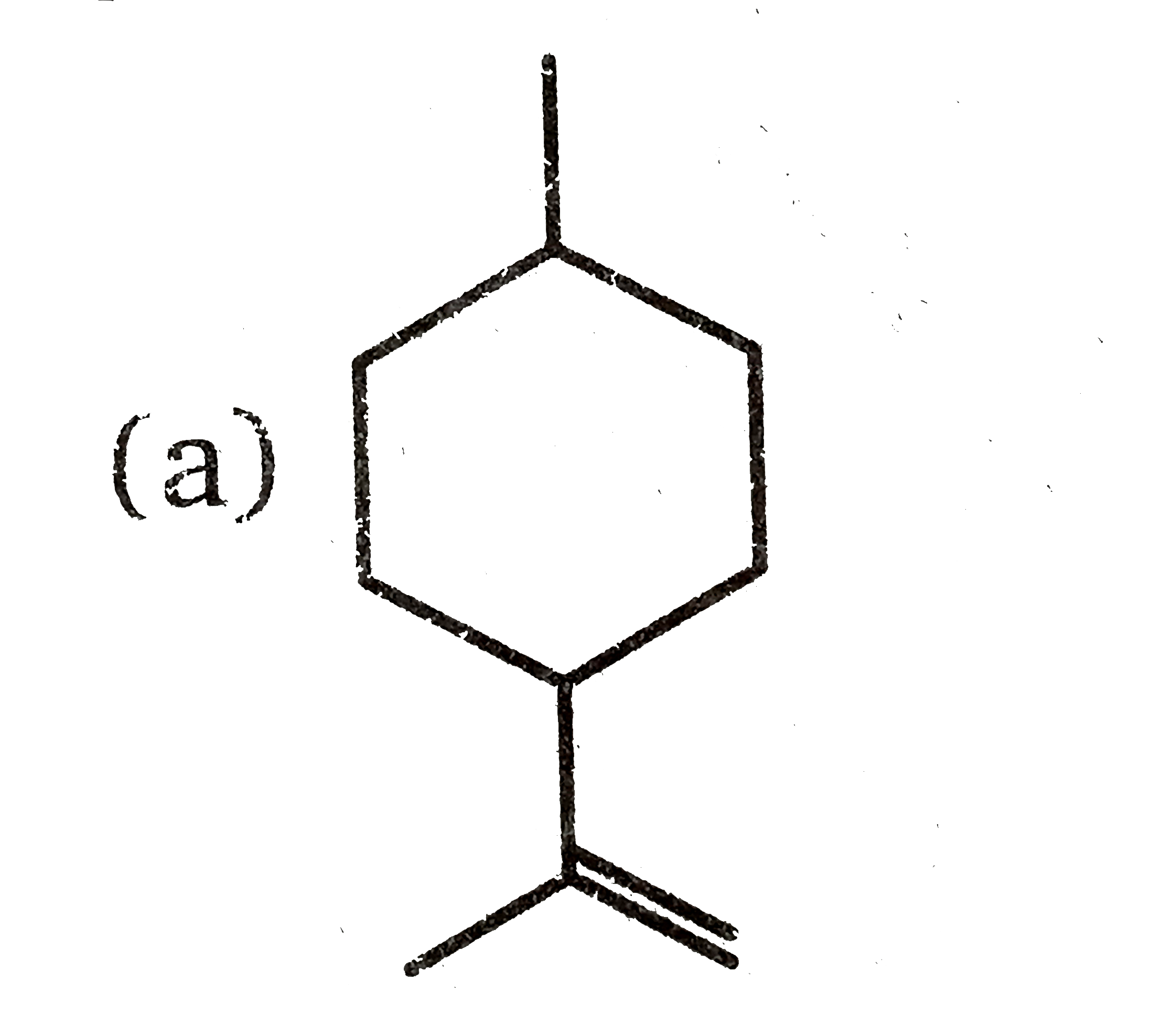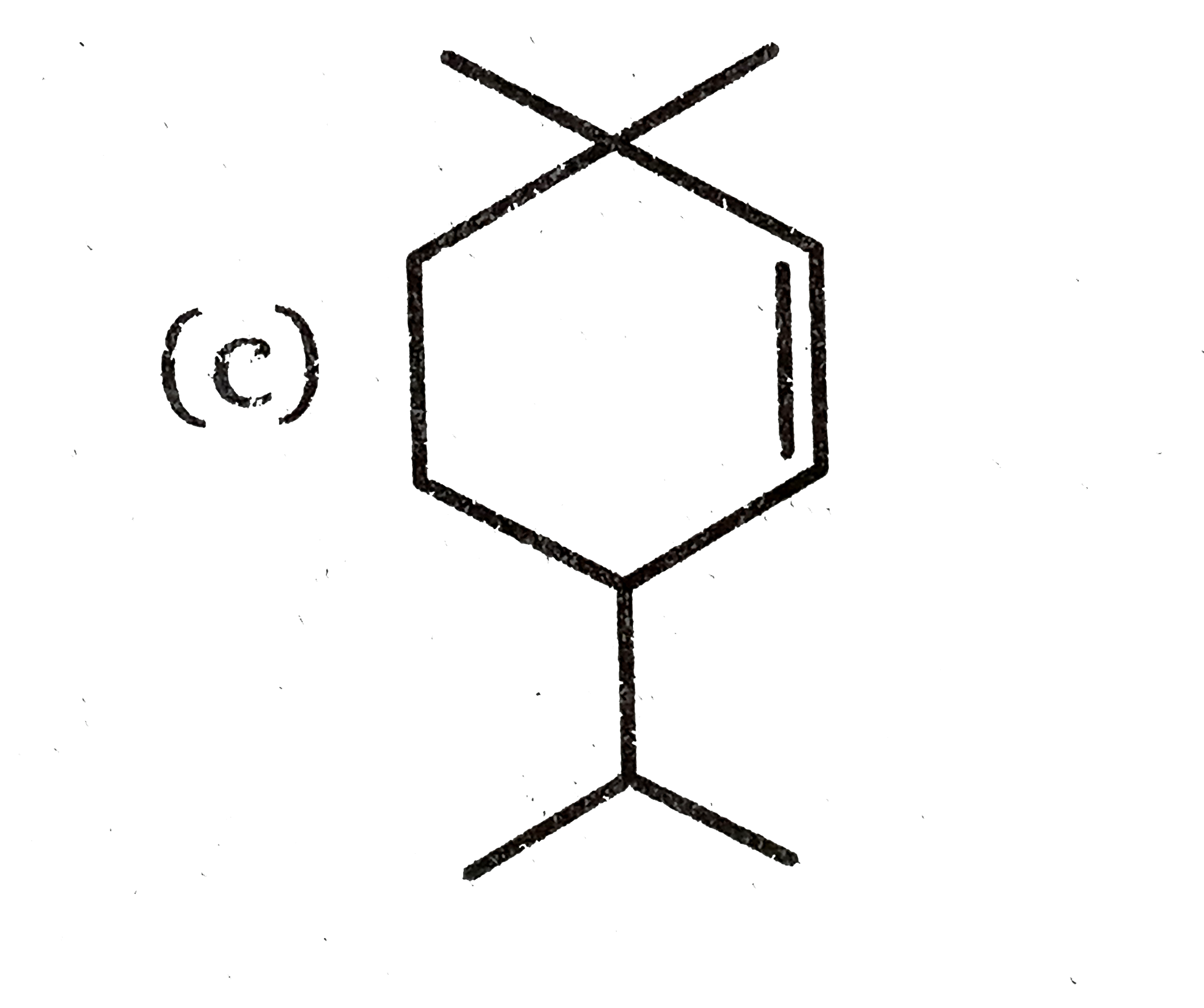The decolourisation of bromine is used to detect the presence of C=CorC≡C bonds.
1
Topper's Solved these Questions
- CARBON COMPOUNDSBOOK - TARGET PUBLICATIONCHAPTER - CARBON COMPOUNDSEXERCISE - Odd one out
12 Videos
- CARBON COMPOUNDSBOOK - TARGET PUBLICATIONCHAPTER - CARBON COMPOUNDSEXERCISE - Complete the analogy
10 Videos
- CARBON COMPOUNDSBOOK - TARGET PUBLICATIONCHAPTER - CARBON COMPOUNDSEXERCISE - Name the following
32 Videos
- CHEMICAL REACTIONS AND EQUATIONSBOOK - TARGET PUBLICATIONCHAPTER - CHEMICAL REACTIONS AND EQUATIONSEXERCISE - Give balanced chemical equation
26 Videos
Similar Questions
Knowledge Check
A : The rate of sulphonation of benzene and deutrobenzene is different in the presence of oleum.
R : The slow step is the breaking of C-H or C-D bond.AIf both Assertion & Reason are true and the reason is the correct explanation of the assertion, then mark (1).BIf both Assertion & Reason are true but the reason is not the correct explanation of the assertion, then mark (2)Cif Assertion is true statement but Reason is false, then mark (3)DIf both Assertion and Reason are false statements, then mark (4)The bond dissociation of C=C in ethene is
A63kcalmol−1B146kcalmol−1C88kcalmol−1D95kcalmol−1
In polyenes that contain differently substituted (C=C) double bonds, it is possible to hydrogenate chemeselectively on (C=C) double bond. Product is:A B
B C
C D
D
How will you detect the presence of double bond in a hydrocarbon?
View SolutionAlkenes decolourise bromine water in presence of CCl4 due to formation of:
View SolutionBond energies can be obtained by using the following relation: ΔH(reaction)=∑Bond energy of bonds, broken in the reactants −∑ Bond energy fo bonds, formed in the products
Bond enegry depends on three factors:
a. Greater is the bond length, lesser is the bond enegry.
b. Bond energy increases with the bond multiplicity.
c. Bond enegry increases with electronegativity difference between the bonding atoms.
Which among the following sequences is correct about the bond enegry of C−C,C=C and C≡C bonds?
View SolutionC4H8 has isomers with the following properties:
(a). Gives same product with HBr in the presence or absence of peroxide
(b). Gives tertiary alkyl halide with HX
(c). Does not contain C=C bond
(d). Does not form geometrical isomer but has C=C bond. Identify the isomers.
View SolutionS-I: Alkenes decolourises bromine in CCl4
S-II: Double bond is present in alkenes.
View Solution
